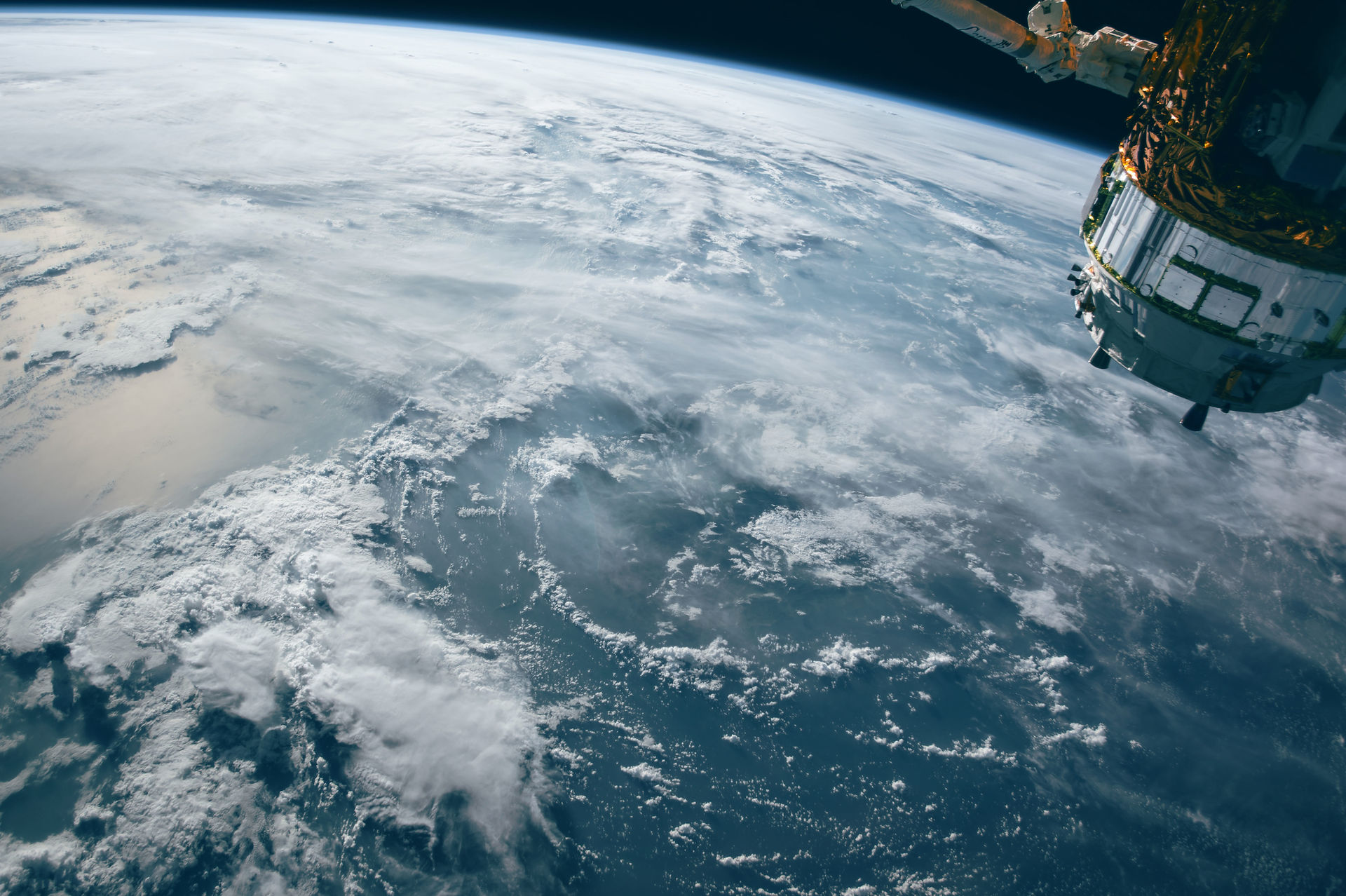
Gemini
Project Gemini was NASA's second human spaceflight program. Conducted between projects Mercury and Apollo, Gemini started in 1961 and concluded in 1966. The Gemini spacecraft carried a two-astronaut crew. Ten Gemini crews flew low Earth orbit (LEO) missions between 1965 and 1966, putting the United States in the lead during the Cold War Space Race against the Soviet Union.
Space Shuttle
The Space Shuttle was a partially reusable low Earth orbital spacecraft system operated by the U.S. National Aeronautics and Space Administration (NASA), as part of the Space Shuttle program. Its official program name was Space Transportation System (STS), taken from a 1969 plan for a system of reusable spacecraft of which it was the only item funded for development.
Skylab
Skylab was the first space station operated by the United States. It spent six years orbiting Earth until its orbit caused it to re-enter the atmosphere. It scattered debris over the Indian Ocean and sparsely settled areas of Western Australia.
SPACE VEHICLES
Mercury
Space exploration began with the Mercury program. After the Russians sent a craft into space, America had to answer. It began with seven astronauts whose missions ranged from just being shot into the atmosphere and orbiting the Earth 22 times.
Apollo
The Apollo spacecraft was designed to accomplish the American goal of landing astronauts on the moon by the end of the 1960s and returning them safely to Earth. Six of the missions achieved this goal. The astronauts gathered much information while on the moon. They brought back samples of moon rocks to Earth.
The spacecraft consisted of a combined Command/Service Module (CSM) and a Lunar Module (LM). The first orbited around the moon and the Lunar Module landed and later rejoined the Command Module and returned to Earth.

Voyager
Voyager 2 is a space probe launched by NASA on August 20, 1977, to study the outer planets. Part of the Voyager program, it was launched 16 days before its twin, Voyager , on a trajectory that took longer to reach Jupiter and Saturn but enabled further encounters with Uranus and Neptune. It is the only spacecraft to have visited either of the ice giants.
Spirit and Opportunity
In January 2004, two robots named Spirit and Opportunity landed on opposite sides of the red planet. These robotic explorers have trekked for miles across the Martian surface, conducting field geology and making atmospheric observations. Carrying identical, sophisticated sets of science instruments, both rovers have found evidence that off and on in the planet's history, wet and habitable conditions existed.





Hubble
NASA's Hubble Space Telescope was launched April 24, 1990, on the space shuttle Discovery from Kennedy Space Center in Florida. It has made more than 1.3 million observations since that time. Hubble does not travel to stars, planets or galaxies. It takes pictures of them as it whirls around Earth at about 17,000 mph.




